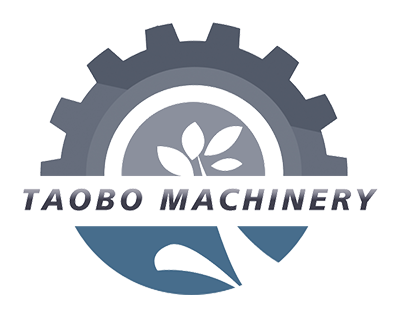A pneumatic screen cleaner effectively cleans chia seeds by combining airflow to remove light impurities with a screen to separate them by size.
I. Core Cleaning Principle
The pneumatic screen cleaner relies on two key steps to efficiently remove impurities from chia seeds.
Airflow Cleaning (Light Impurity Removal): Utilizing airflow generated by a fan, lighter impurities are separated from the chia seeds. Common removable light impurities include dust, straw fragments, empty seeds, and lint. Because chia seeds have a certain density, they sink in the airflow, while the light impurities are carried away.
Screen Cleaning (Size Separation): Impurities are separated by particle size using screens with different apertures.
Lower Screen (Small Holes): This screen intercepts the chia seeds, allowing smaller impurities (such as fine sand and broken seeds) to pass through the mesh.
Upper sieve (large mesh): Allows chia seeds to pass through the mesh to the lower layer, intercepting impurities larger than chia seeds (such as small stones, whole stalks, and other large seeds).
II. Key Operating Points
To ensure effective cleaning, equipment parameters need to be adjusted according to the characteristics of chia seeds to avoid “impurity residue” or “chia seed loss.”
Adjusting the airflow speed: The airflow speed needs to be moderate. Too high a speed will blow away normal chia seeds (increasing loss), while too low a speed will not remove light impurities. It is recommended to start testing with a low airflow speed and observe whether light impurities are effectively separated, while the chia seeds do not float noticeably.
Selecting the sieve mesh size: Chia seeds are relatively small (usually 1-2mm in diameter), requiring a precisely matched sieve.
Upper sieve: Select a mesh size slightly larger than the chia seeds (e.g., 2.2-2.5mm) to ensure that normal chia seeds can pass through while blocking large impurities.
Lower screen: Choose a mesh size slightly smaller than that of chia seeds (e.g., 0.8-1.0mm) to ensure that chia seeds are intercepted while fine impurities pass through.
Control feed rate: Feeding should be uniform and stable, avoiding excessive feeding at one time. Overfeeding can cause screen clogging or incomplete separation of chia seeds and impurities, reducing cleaning efficiency.
Post time: Oct-29-2025







